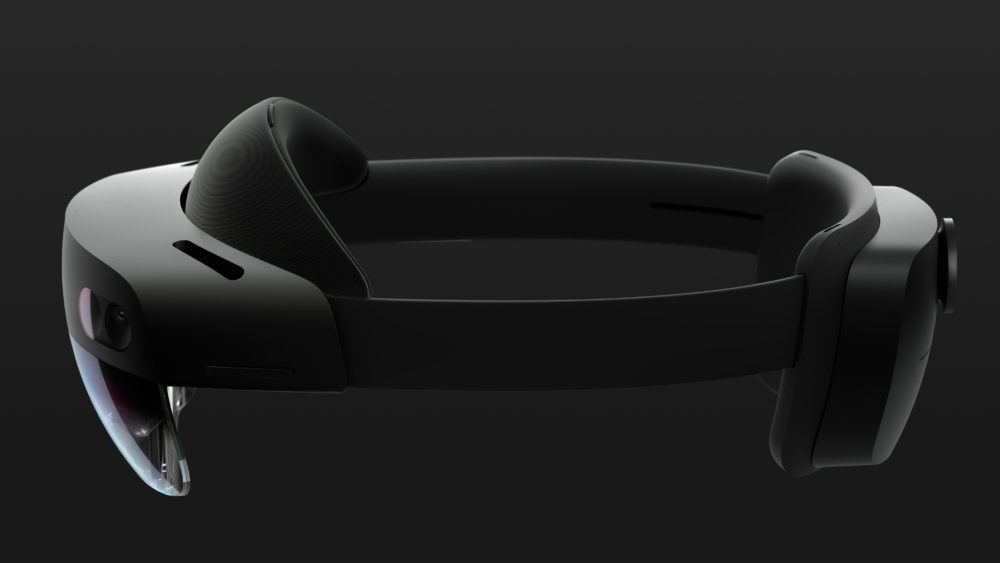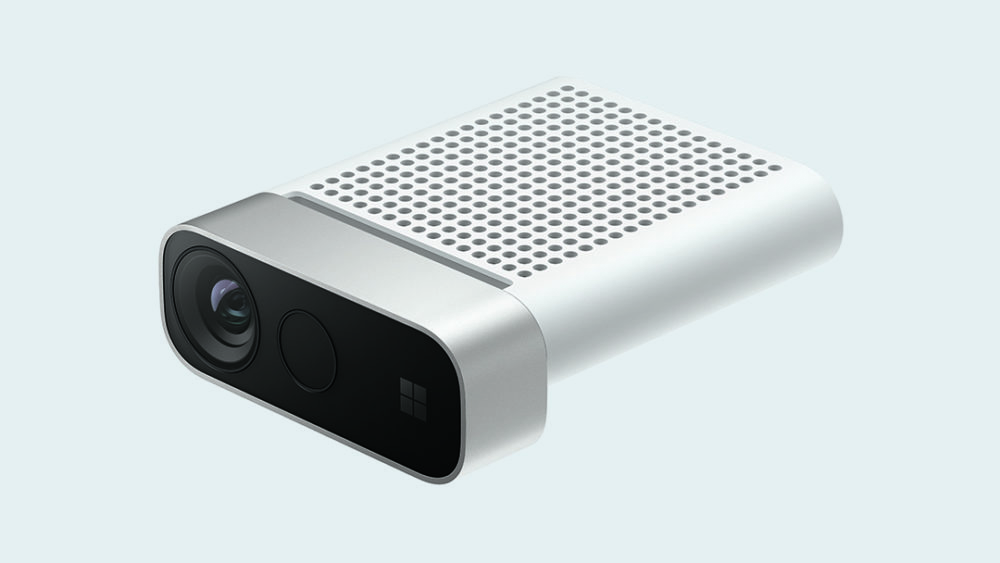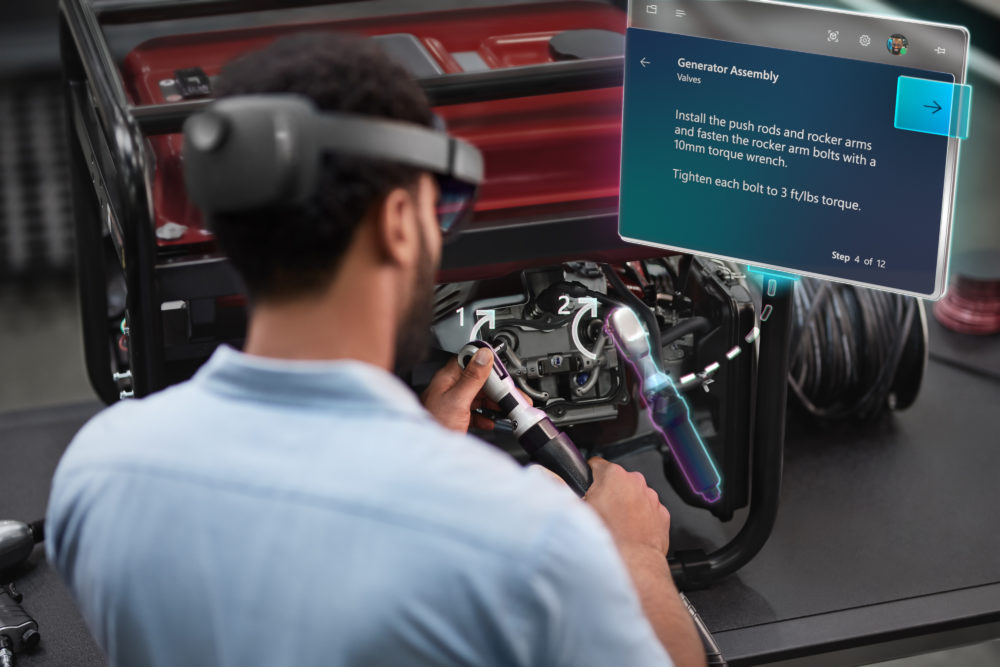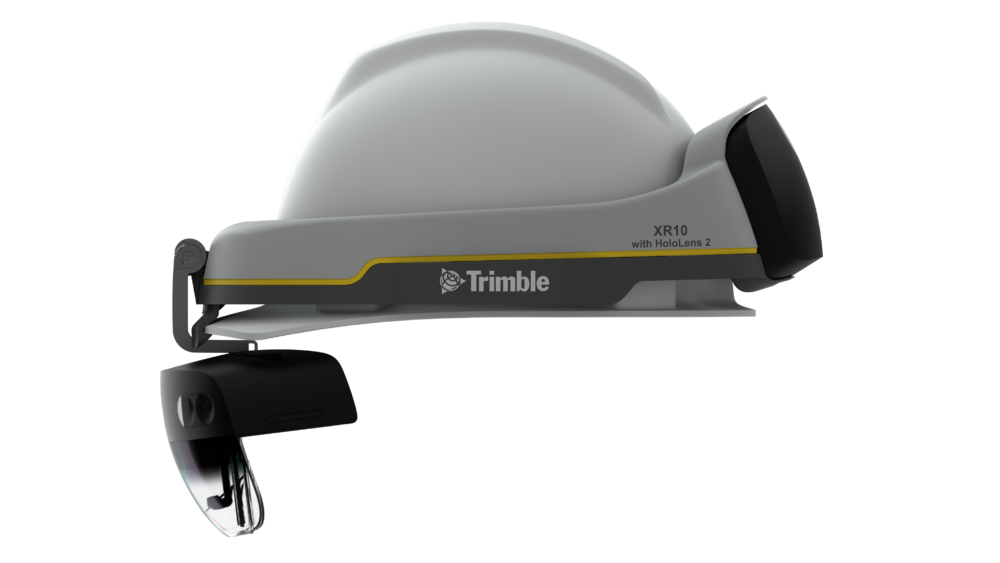Introducing Microsoft HoloLens 2
Details under the cut.
This is an amazing time for Microsoft, as well as for our partners, customers, the IT industry and the world. The almost limitless computing power and capabilities of the cloud, combined with increasingly “smart” and receptive devices, create practical skills that we could only dream of a few years ago.
When the smart cloud and smart devices are complemented by mixed reality, we have an environment for amazing achievements and help more people .
Today marks an important milestone for Microsoft. We demonstrate the results of many years of efforts and the painstaking, enthusiastic work of many of our teams, including Azure, HoloLens, Dynamics 365 and Microsoft Devices - this is the moment when the amount is greater than the individual components. From innovative equipment design to cloud services with elements of mixed reality - today's announcement was the result of the collective work of many teams.
And all this would not have been possible without our dedicated community of customers, partners and developers.
On behalf of each team member, I was honored to introduce you to HoloLens 2 and to tell about all the announcements that we made today before the opening of MWC in Barcelona.
Introducing HoloLens 2

Since the launch of HoloLens in 2016, we have seen how mixed reality transforms workflows. We have opened access to new opportunities for hundreds of thousands of people who work in different fields. From construction sites to production workshops, from operating rooms to school classes, HoloLens is changing the way we work, learn, communicate and perform our tasks.
We are entering a new era of computing when the digital world goes beyond two-dimensional screens and plunges into three-dimensional reality. This new era of computing and collaboration will help us achieve more, cross borders, and collaborate more simply and efficiently in 3D.
Today, we are proud to introduce the world of Microsoft HoloLens 2.
Customers have asked us to focus on three key aspects to make HoloLens even better. They wanted us to enhance the effect of immersion, make the glasses more comfortable and reduce the return on investment.
The immersion effect is greatly enhanced thanks to large-scale improvements, including in terms of visual characteristics, as a result of which the holograms have become even more impressive and realistic. We more than doubled the field of view in HoloLens 2, while maintaining the industry-leading holographic density of 47 pixels per degree of view. HoloLens 2 has a new display system that allows us to achieve significant performance improvements with low power consumption. In HoloLens 2, we also completely changed the way we interact with holograms.
Taking advantage of our new depth sensor combined with built-in AI and semantic understanding, HoloLens 2 enables direct manipulation of holograms using the same instinctive gestures that you use to manipulate physical objects in the real world. In addition to improvements to the video controller and the possibility of direct manipulation of holograms, HoloLens 2 introduced eye tracking sensors that make interaction with holograms even more natural. You can log in using the enterprise-wide authentication system Windows Hello, which recognizes you by the iris of the eye, making it easier for several people to quickly and safely start sharing the device.
Comfortincreased thanks to a more balanced center of gravity, the use of light carbon fiber and a new mechanism for putting on the device without the need for adjustment. We improved thermal management with the new vapor recovery technology and provided wide physiological variation for various sizes and shapes of the human head, designing HoloLens 2 so that the headset is comfortably adjustable and fits almost everyone. The new perfect donning system makes it convenient to wear the headset for hours on end, while you can not take off your glasses, because HoloLens 2 adapts to you and can be worn directly on top of them. When it comes time to get out of mixed reality, just raise your visor and then move on to other tasks. Together, these improvements more than three times increased the comfort and ergonomics of the device.
Return on Investment TimeAccelerated with Microsoft Mixed Reality apps like Dynamics 365 Remote Assist, Dynamics 365 Layout and the new Dynamics 365 Guides app. In addition to the original value, our ecosystem of mixed reality partners offers a wide range of solutions created at HoloLens, suitable for various industries and tasks. The partnership ecosystem has expanded with a new wave of mixed reality entrepreneurs who recognize the potential of devices such as HoloLens 2 and Azure services that provide intelligent systems for analyzing the space, speech recognition and visual images that are needed for mixed reality, in addition to trusted cloud services for storing, securing and collecting telemetry applications.
Based on the unique capabilities of the original HoloLens headset, HoloLens 2 is the most advanced smart device. And in combination with existing and new Azure services, the new HoloLens 2 has an even wider range of features that do not require additional configuration.
The HoloLens 2 device will be available this year for $ 3,500. Packages including Dynamics 365 Remote Assist start at $ 125 per month. First of all, HoloLens 2 will appear in the USA, Japan, China, Germany, Canada, Great Britain, Ireland, France, Australia and New Zealand. You can order HoloLens 2 today at https://www.microsoft.com/en-us/hololens/buy.
In addition to HoloLens 2, we were pleased to present the following new products at MWC Barcelona:
Azure Kinect Developer Kit (DK)

Azure Kinect DK is a development kit that combines industry-leading AI sensors in one device. It is based on a time-of-flight depth sensor developed for HoloLens 2, a high-resolution RGB camera and a ring system of 7 microphones that will help in the development of advanced solutions using computer vision and speech tools on Azure. It allows you to create products that not only “feel”, but also “understand” the world - people, places, things around them. A good example of such a healthcare solution is Ocuvera, which uses this technology to keep patients from falling in hospitals. Each year, in the United States alone, more than a million patients fall in hospitals, and 11,000 of these falls are fatal. Azure Kinect helps you recognize the harbingers of the fall and notify nurses, so that they can approach the patient before he falls. Initially, Azure Kinect DK will be available in the US and China, today you can pre-order it at a price of $ 399. For more information, visit Azure.com/Kinect.
Dynamics 365 Guides
When we announced Dynamics 365 Remote Assist and Dynamics 365 Layout on October 1, we talked about them as our “first” mixed reality applications for HoloLens.
Today, we are pleased to announce the Microsoft Dynamics 365 Guides. Dynamics 365 Guides is a new mixed reality app that helps employees learn from practice. Guides enhances learning with step-by-step instructions that show employees how and when to use the tools they need in real-life work situations. In addition to the experience of using Guides on HoloLens, the Guides PC application makes it easy to create interactive content, attach photos and videos, import 3D models and customize materials, allowing you to turn theoretical knowledge into reproducible learning tools.
This application will help minimize downtime and increase the efficiency of critical equipment and processes and will be the third Dynamics 365 application to run on previous generation HoloLens devices as well as on the new HoloLens 2 headset.
A preview of Dynamics 365 Guides is available today.

Azure Mixed Reality Services
Today, we also announced two new Azure Mixed Reality Services. These services are designed to help every developer and every company create cross-platform, context-sensitive, mixed-reality, enterprise-level applications.
Azure Spatial Anchors allows companies and developers to create mixed reality applications in which holograms are stored in a specific physical space. Later, several people using HoloLens, phones or tablets on iOS and Android will be able to access them at once. Developers can activate space orientation to help their customers work and learn faster and easier. We already see examples of such cooperation to increase the effectiveness of joint work in production, architecture, medical education and other fields.
Azure Remote Rendering helps maintain the high quality and level of detail of 3D content, making decisions faster and more efficient. Today, in order to interact with high-quality 3D models on mobile devices and mixed reality headsets, developers often have to “trim” or simplify 3D models to run on the necessary equipment. But for the implementation of project examinations and medical planning, every detail is important, and simplification can lead to the loss of important data necessary for making key decisions. This service will play high-quality 3D content in the cloud and broadcast it to devices in real time, while maintaining detail.
Azure Spatial Anchors today released as a public preview. Azure Remote Rendering is currently available in a closed preliminary version, later the service will be released in a public version.
Microsoft HoloLens Customization Program
HoloLens is used in complex situations, from construction sites and operating rooms to the International Space Station. The device has passed basic dynamic tests according to several standards for safety glasses used in North America and Europe. The headset has been tested and meets the basic requirements of ANSI Z87.1, CSA Z94.3 and EN 166. Together with HoloLens 2, we are introducing the Microsoft HoloLens customization program so that customers and partners can adapt HoloLens 2 to the requirements of their environment.
The first HoloLens customization program was taken by Trimble, our longtime HoloLens partner, who announced Trimble Connect for HoloLens last year, the first safety helmet to increase the efficiency of using mixed reality in the field. Today they announced Trimble XR10 with Microsoft HoloLens 2, a new safety helmet that allows employees working in high-risk facilities to use a headset without leaving their place of work.

Open principles
Finally, at the very end of the event, Alex Kipman announced the set of principles for our open approach to the mixed reality ecosystem .
We believe that for the ecosystem to flourish, there should be no barriers to innovation or customer choice.
In this regard, Alex told how HoloLens uses the principles of open stores, open browsers and open platforms for developers.
To illustrate our commitment to these principles, we announced that our Mozilla friends will install the Firefox Reality browser prototype on HoloLens 2, demonstrating that we commit to stay open and support the multifaceted nature of the Internet. Alex Sweeney, founder and CEO of Epic, joined Alex. He announced that support for Unreal Engine would be available soon for HoloLens.
In the coming months we will have even more details and announcements for you. We look forward to continuing the journey with you all.
